In the Garhwal region of the holy state of Uttarakhand, there are five temples that explore the true form of spirituality and nature. All of them are dedicated to Lord Shiva, known as the Supreme Lord in the Hindu scripture. If the holy circuit of Panch Kedar comes to your mind, you guessed it right!
The five temples of Panch Kedar differ in several factors, from their architecture to their location in the mountains. This is why you could be facing different difficulty levels at different parts of the Panch Kedar trek. For example, Kedarnath, Madhyamaheswar, and Rudranath are challenging treks, while Tungnath and Kalpeshwar are the easiest. The complete trek is considered moderately difficult, and it requires a certain level of physical fitness, as well as some trekking experience. Let’s look at the difficulty level of the Panch Kedar trek in this detailed guide.
Table of Contents
1. Kedarnath: The most popular but demanding
- Difficulty level: Moderate
- Trek Distance: 36 km
- Base: Gauri Kund
- Altitude: 3,551 meters
- Suitable for: All ages and experience
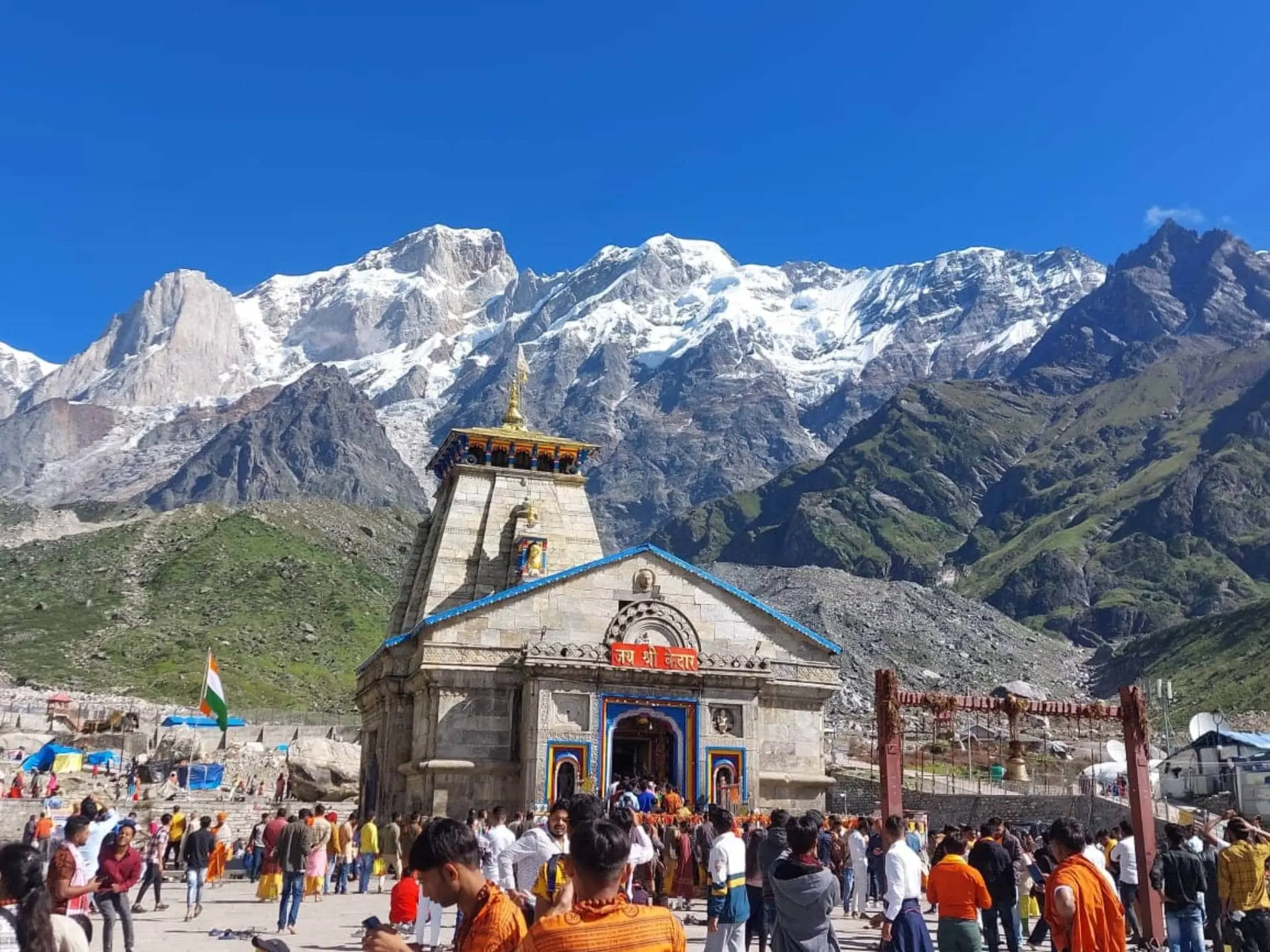
The Kedarnath temple is the most famous among the Panch Kedar temples. It is a sacred site for Hindu pilgrims, as it also forms a part of the Chota Char Dham Yatra and the twelve Jyotirlingas. The trek to Kedarnath starts from the base at Gaurikund. From there, the distance is around 16–18 km.
The trail to Kedarnath is wide and well-maintained because thousands of pilgrims visit every year.
However, the ascent is steep, and the high altitude can lead to altitude sickness. The wide range of facilities around Kedarnath (ponies and helicopters) makes it suitable for all levels.
Why is it challenging?
The Kedarnath temple is situated at an altitude of over 3,551 metres. The high altitude means the air gets thinner as you go higher. This can lead to breathing problems and altitude sickness. Plus, the weather is unpredictable, and it adds to the challenges of the trek.
En route, you will cross Jungle Chatti, Bheembali, and Linchauli. Various shops, rest points, and water points are available en route.
Apart from that, the entire trail is mostly uphill, with only about 800 meters of gradual terrain before reaching the temple.
What you need to know
If you are someone who has previous knowledge of trekking and can handle a steady pace of hiking, you can easily complete the Kedarnath trek. With the facilities of ponies, palanquins and helicopters available, the trek is accessible to pilgrims and trekkers of all levels, despite the challenging route.
2. Tungnath: The easiest trekking among the four
- Difficulty level: Easy to moderate
- Trek Distance: 7-8 km
- Base: Chopta
- Altitude: 3,680 meters
- Suitable for: All ages and experience
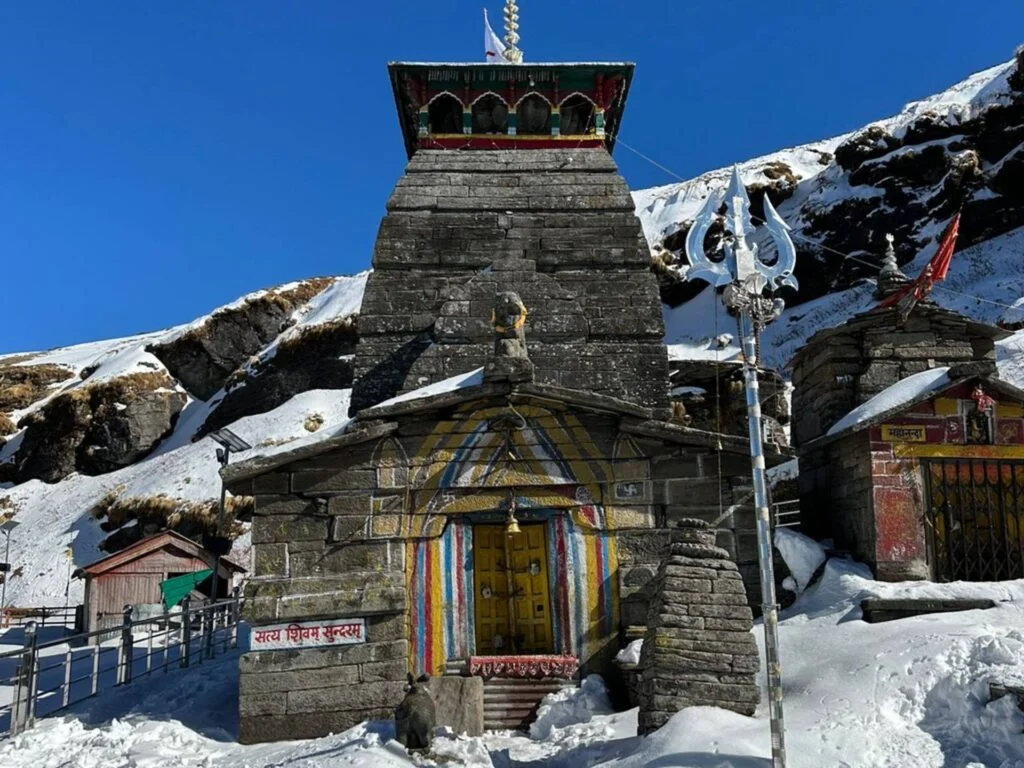
Tungnath is the highest Shiva temple in the world, but surprisingly, the trek is not very difficult! Visitors often complete the Chandrashila and Tungnath as one trek.
Chopta is known as the “mini Switzerland of India” because of its lush meadows and the charming backdrop of the Himalayan range. It is also the base for the trek to the Tungnath temple and is only 3.5 to 4 km away. The accessible route and gentle slopes make it even beginner-friendly, so you can enjoy it without any trekking experience or training.
Why is it easier?
The path to Tungnath has been paved and well-maintained. Plus, the slope is gradual with no steep climbs. Even when you are trekking to a height of more than 3,680 metres, the short distance makes it manageable.
What you need to know
If you wish, you can even continue your trek further to the Chandrashila peak. The peak is known for offering some of the most beautiful views of the Himalayan range.
3. Rudranath: The most remote and toughest
- Difficulty level: Moderate to challenging
- Altitude: 3,559 meters
- Trek Distance: 38-40 km
- Base: Sagar Village
- Suitable for: Trekkers with prior experience and good fitness levels
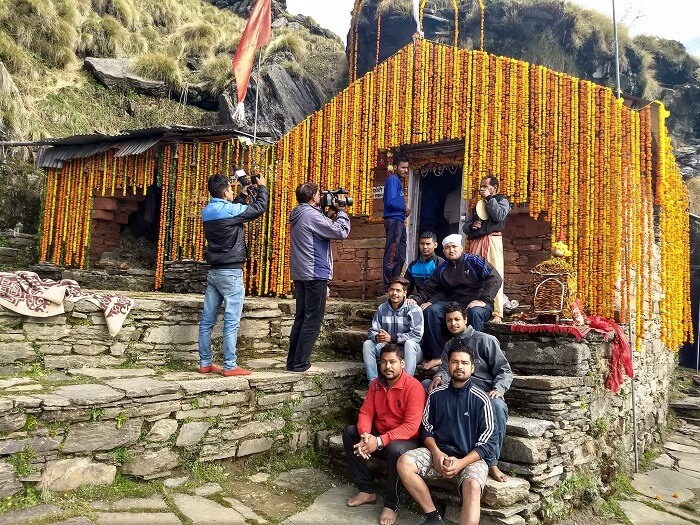
The trek to Rudranath is considered the most challenging among all the Panch Kedar temples. To reach the Rudranath temple, there are multiple starting points like Sagar Village, Mandal, or Urgam. These are some best villages surrounding Panch Kedar. Hence, depending upon your route, the distance can be 18 to 24 km on one side.
The trek is slippery, with steep slopes, and requires a good fitness level to complete. If you have proper trekking experience, it could be an advantage. However, the trail is quite charming with rhododendron forests lining it.
Why is it challenging?
The route to Rudranath passes through dense forests and some rocky sections. It requires 3 to 4 days to complete and the path is steep and challenging, often slippery too.
The stretch from Sagar to Pung Bugyal involves a gradual ascent. However, since it’s the beginning of the trek, it can feel tiring as your body adjusts. After about an hour, once your body is properly warmed up, the trail becomes more manageable. The next section, from Pung to Lyuti Bugyal, spans 7–8 km and involves a steep climb.
After this challenging patch, you’ll reach Pitra Dhar—the highest point of the trek at 3,860 meters. From here, you’ll see beautiful views of the entire Panar Bugyal. You may have come across viral images of meadows—that iconic view is captured from Pitra Dhar. From this point, the trail descends towards the sacred Rudranath Temple.
What you need to know
The trail might be strenuous, but it also rewards you with its unparalleled beauty. Meadows, serene valleys, blooming rhododendrons, and the grand views of Nanda Devi, Trishul, Nanda Ghunti, Hathi Parvat and other Himalayan peaks.
4. Madhyamaheshwar: Moderate with a few challenges
- Difficulty level: Moderate
- Altitude: 3,497 meters
- Trek Distance: 32 km
- Base: Ransi Village
- Suitable for: All ages and experience
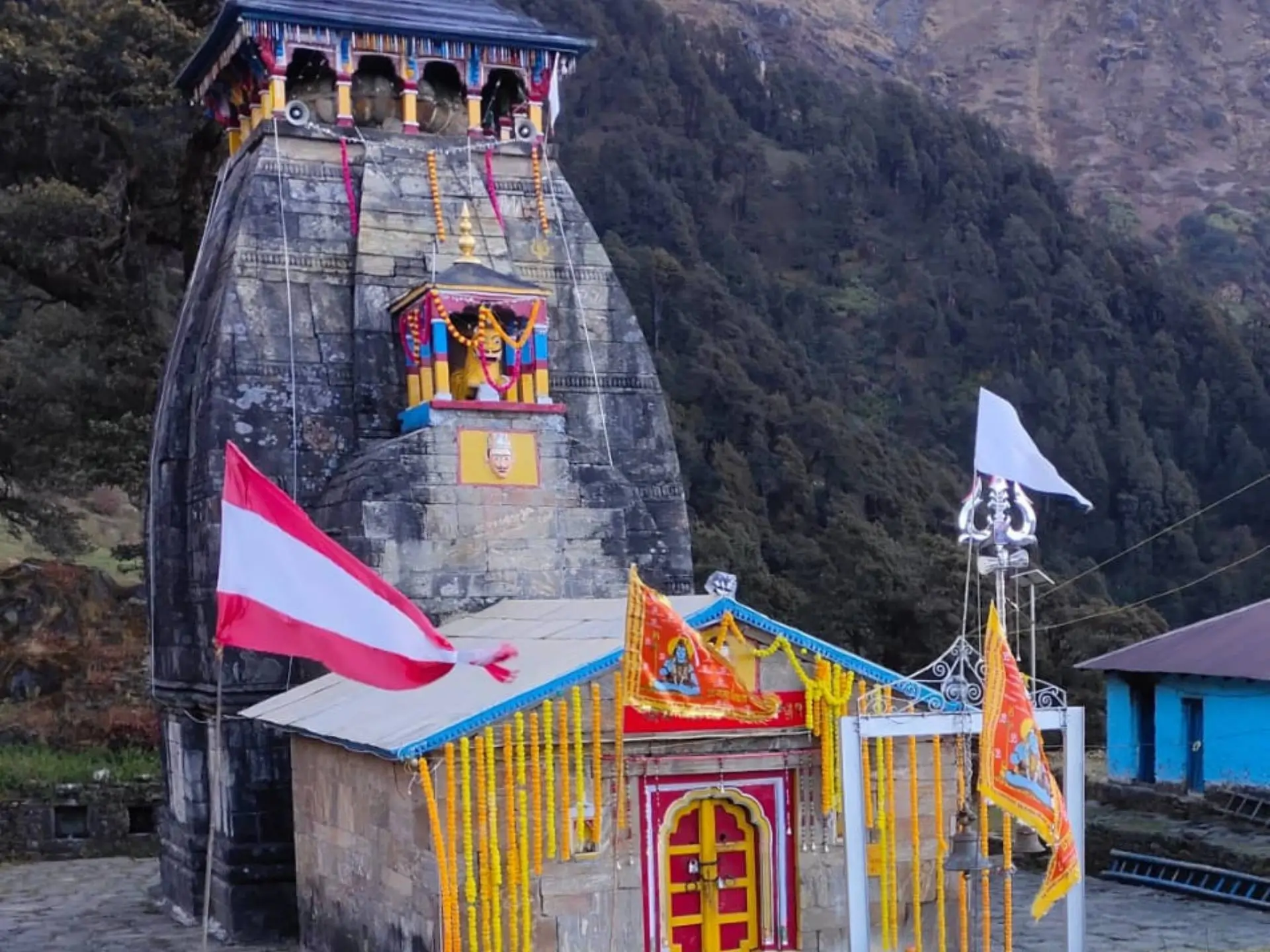
To reach Madhyamaheshwar, you usually start from a village called Ransi. As you trek through the Kedarnath Wildlife Sanctuary, the path takes you through beautiful views and villages. However, it falls under the moderate category and requires some fitness levels to complete the few steep ascents that come along the route. From Ransi, the distance to the temple is about 16 to 18 km one side, making it quite strenuous for first-time trekkers.
Why is it challenging?
Most trekkers do not consider the trek to be moderate, though Madhmaheshwar is tougher than Rudranath in some respects. The ascent begins gradually from Aktoli Dhar and continues steadily all the way to the Gaundhar and the temple.
The climb can get tiring as the terrain starts to get rough by the end of the route.
What you need to know
To make the most out of this trail, start your day early so you can reach the temple by evening (in time for the divine arti, a must-visit for every pilgrim). There are also a few options for homestays available along the route.
5. Kalpeshwar: The easiest and shortest
- Difficulty level: Easy
- Altitude: 2,200 meters
- Hike Distance: 500 m
- Base Village: Urgam Village
- Suitable for: All ages and experience
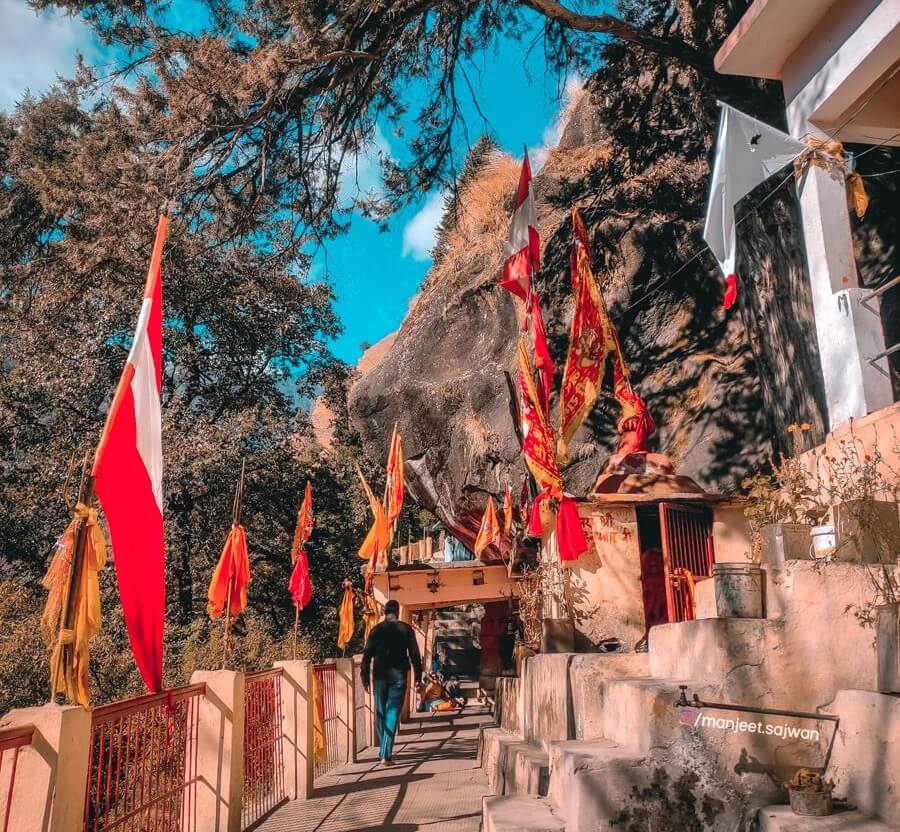
The Kalpeshwar temple is the easiest to reach among the Panch Kedar circuit. It is also the only temple that you can visit at any time of the year (the rest of the four temples are open only from May to October). You can reach the Kalpeshwar temple with just an easy hike of 200 metres from the road head.
The hike starts from Devgram, which is the last point of the road from the Urgam village. However, the short distance does not mean it offers no scenic beauty! You get to enjoy the serene waterfall near the temple, which finally flows into the Kalp Ganga River.
Why is it easier?
The trail for Kalpeshwar is short and the altitude is not very high. The route is quite simple, and the 200-metre walk takes you among the beautiful village fields and forests. The temple is accessible for all trekkers on all days of the year.
What you need to know
If time is short, you can complete the trek to Kalpeshwar even within a day. Further, you can visit the Badrinath temple too, which is only a 67-kilometre drive from Kalpeshwar.
Essential tips to complete the Panch Kedar Yatra
The Panch Kedar Yatra is a beautiful mix of adventure, faith, and nature. If you are planning to complete all five temples in a single trip, the following tips are essential to prepare for the challenges you might face:
- Train your body with regular walks, stair climbing, and cardio exercises. You can even include strength training in your schedule a few months before the trek.
- Be mentally ready for the challenges that might come. This could be the rapidly changing weather and the tough routes.
- Carry the right gear with you. A good pair of trekking shoes, some rain protection, and warm clothes are essential.
- Always respect the local culture and nature. Avoid damaging the natural beauty with litter. Remember, it is the duty of every visitor to preserve the sanctity of the place.
Each temple of the Panch Kedar trek comes with its own set of challenges. However, they also offer a spiritual experience and scenic landscapes that are beyond words. So, don’t let the rough terrain hold you back from one of the most soulful treks you will ever experience. In case you are confused between Panch Kedar and Char Dham, read this guide. The time you choose for your Yatra also determines the difficulty level. Read a guide on the best time for Panch Kedar Yatra.
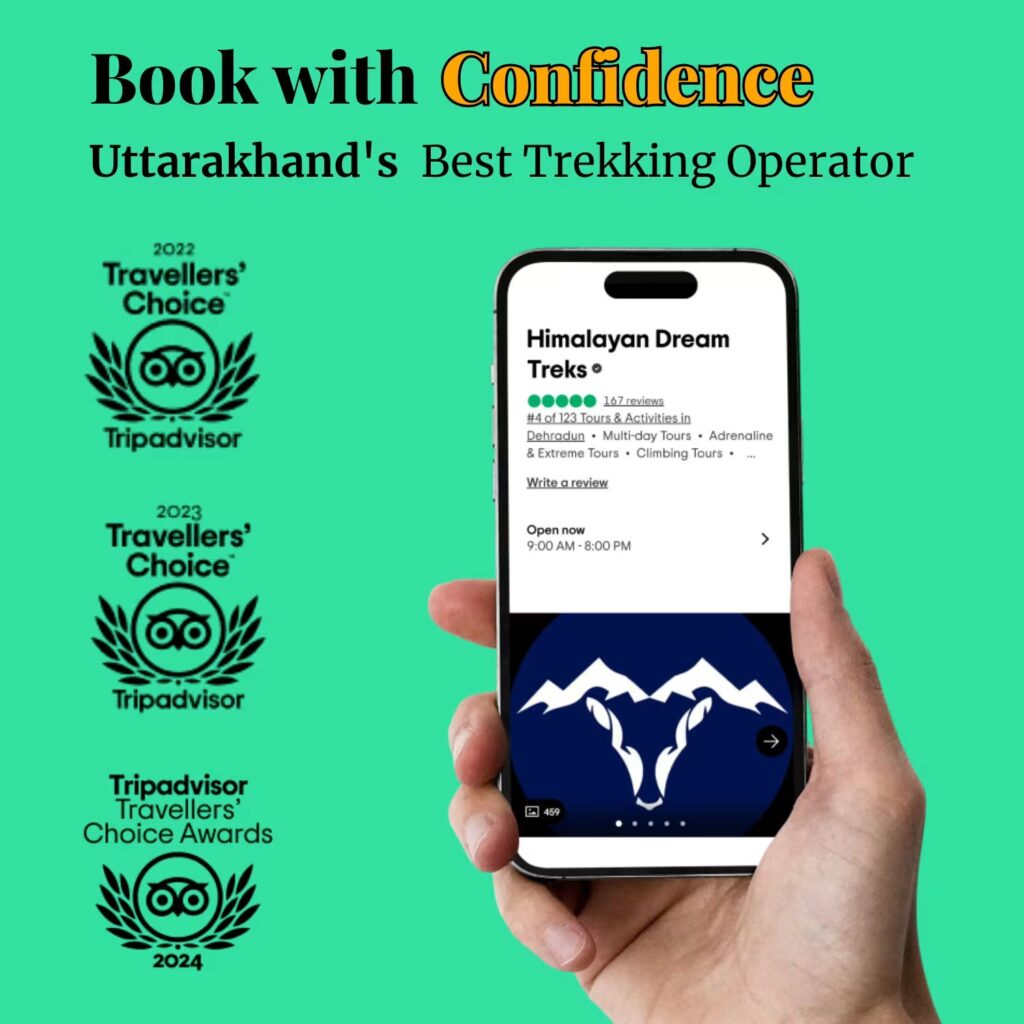
Need help planning for your Panch Kedar trek? We at Himalayan Dream Treks are well-known for creating customised plans that suit your needs and trekking skills. Contact us at info@himalayandreamtreks.in or +91 80896 93825.
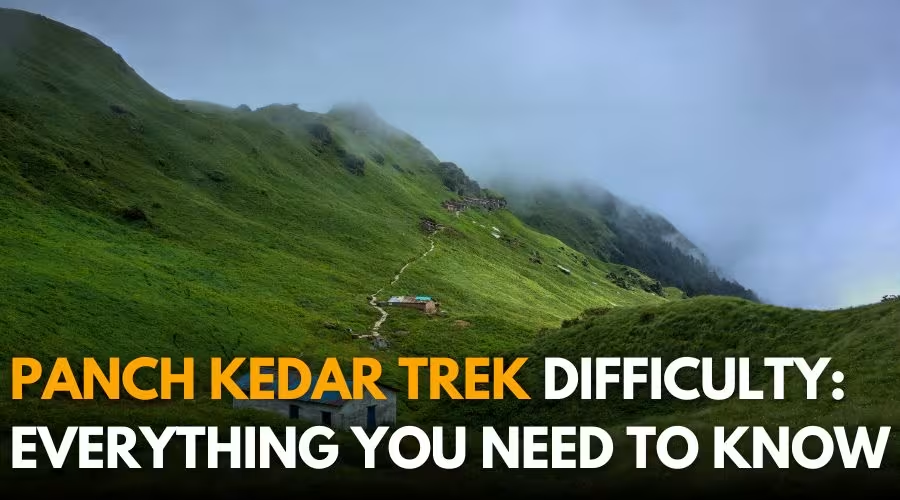
Leave a Comment